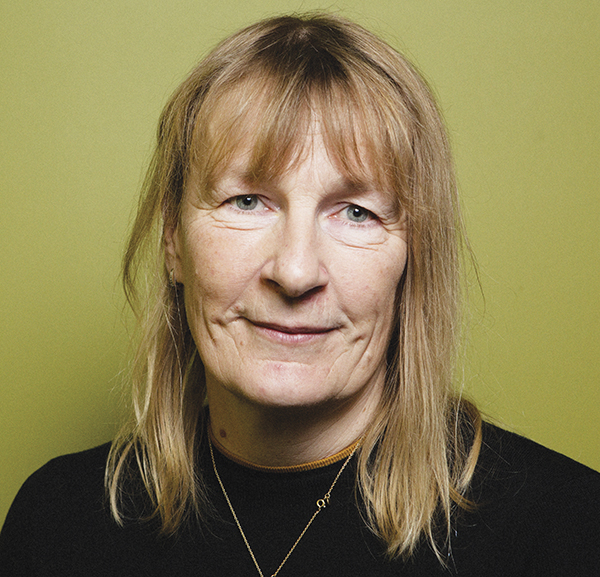New technology including drones is increasingly being used by contractors to reduce the risks of falls from height.
Figures from the Health and Safety Executive (HSE) show that over the past five years, falls from height accounted for more than a quarter (26%) of workplace deaths, ahead of being struck by a moving vehicle (18%) and being struck by a moving object (13%).
Balfour Beatty has six Civil Aviation Authority-trained drone pilots within the business, allowing it to carry out bridge and building inspections, quicker stockpile measurements and aerial progress reports.

The best way to reduce falls from height is to eliminate the risk in the first place. This means collaboration with designers, clients and contractors throughout the pre-construction process.– Heather Bryant, Balfour Beatty
Balfour Beatty is using drones for inspections as well as BIM to create models and mock-ups of its works locations at various stages of the construction. “We can then use BIM models to identify where work at height risks exist. As this technology develops, we will continue to embrace it and apply it everywhere it’s applicable,” says Heather Bryant, Balfour Beatty’s health safety environment and sustainability director.
“The use of drones allows us to inspect things without sending people up at height, preventing potential injuries,” says Bryant.
Recently, the company has been using the technology on the construction of a 13.6-mile section of smart motorway on the M6 between Coventry and Coleshill.
Balfour has been trialling new drone the Phantom 4 RTK on the scheme, using supplier Heliguy, for mapping, aerial shots, and measuring earthworks and stockpiles at its recycling depot on junction 2.
“The drones help unbelievably with health and safety, taking people out of dangerous situations,” says Wayne Hughes, the firm’s principal UAS (unmanned aircraft system) pilot. “It means that we haven’t got people climbing over stockpiles. Instead, the drones can fly over the site and generate a model afterwards, which we can review in the office.”
In the civil engineering sector, Civil Engineering Contractors Association (CECA) chief executive Alasdair Reisner sees workers as less susceptible to the dangers of working at height than those in other areas, saying that infrastructure projects are generally better planned.
Nonetheless, CECA is supporting the work of the Managing Risk Well working group – part of the HSE’s Construction Industry Advisory Committee (CONIAC) – to produce enabling documents aimed at enhancing the level of information made available to a range of stakeholders who work at height
Reisner is keen to see the adoption of new technology as a means of driving down the number of falls. “Automated and remote-control working is becoming more common and these methods can be used where previously personnel would have to operate. The use of building information modelling (BIM) can also be used to help identify risks that are not always obvious and risk mitigation measures can then be implemented early on,” he adds.
Reisner also advocates the use of drones for inspection and surveying work in difficult-to-reach areas, as well as virtual reality training to introduce the workforce to potentially hazardous scenarios in a safe environment.












